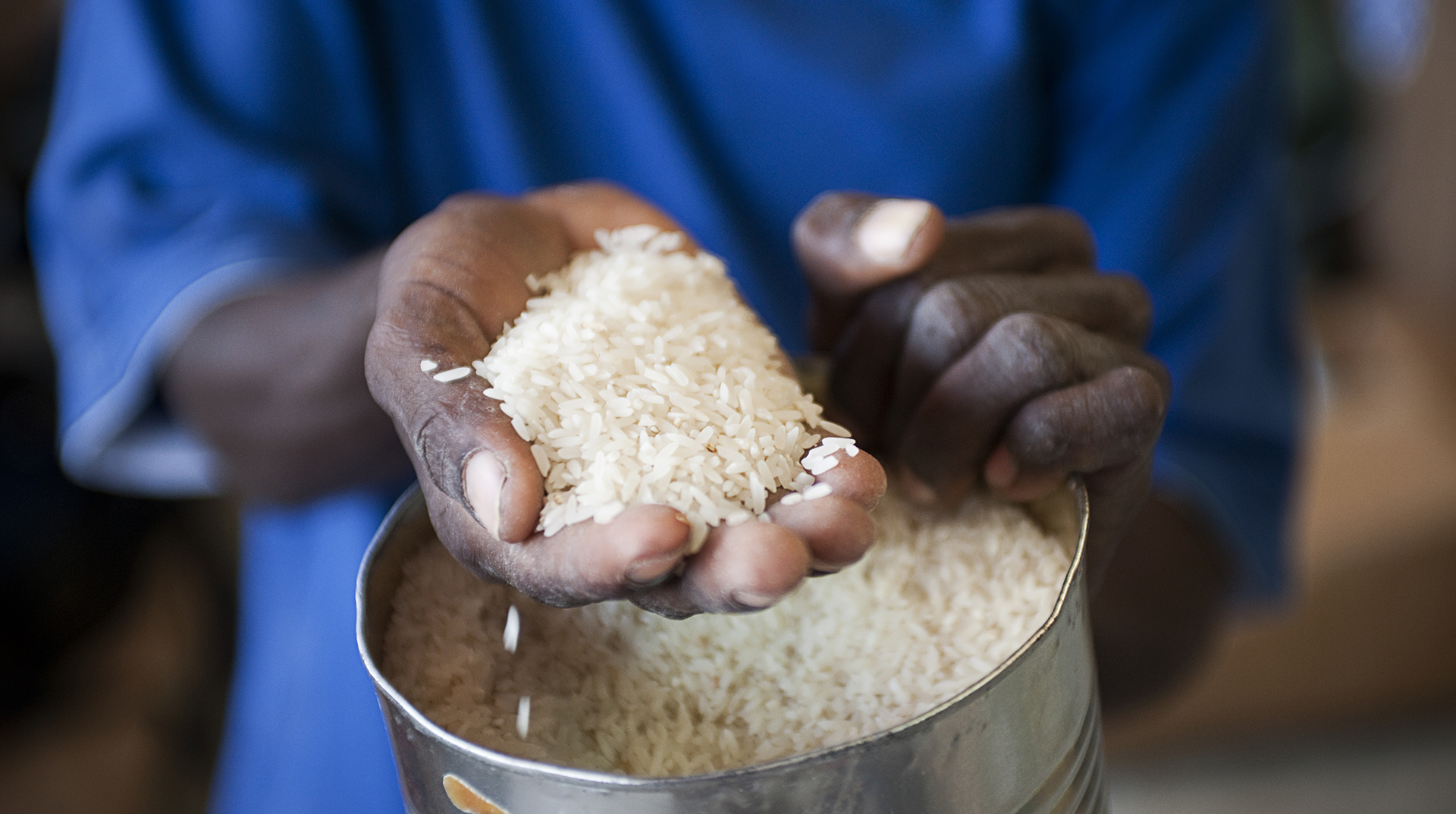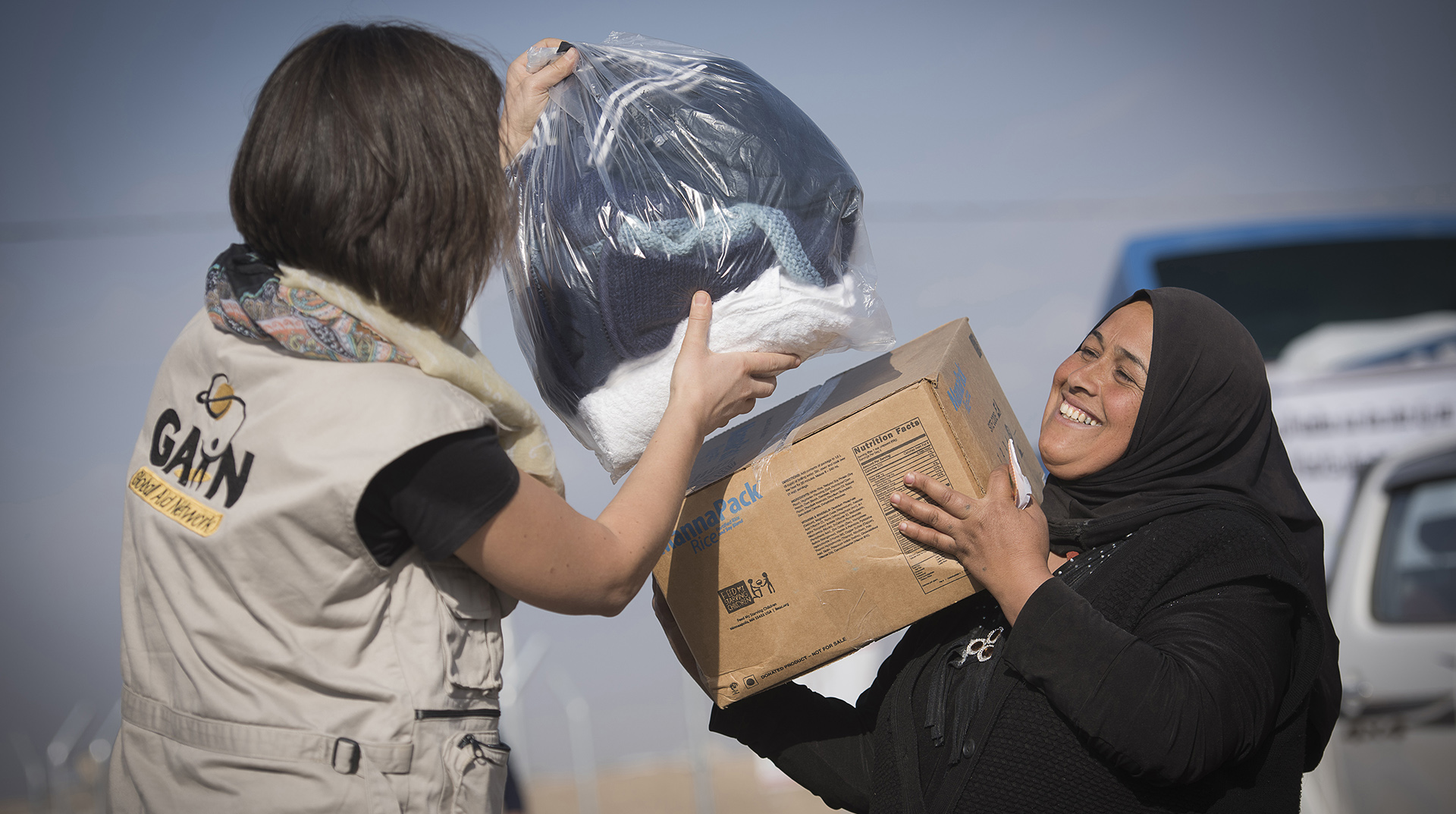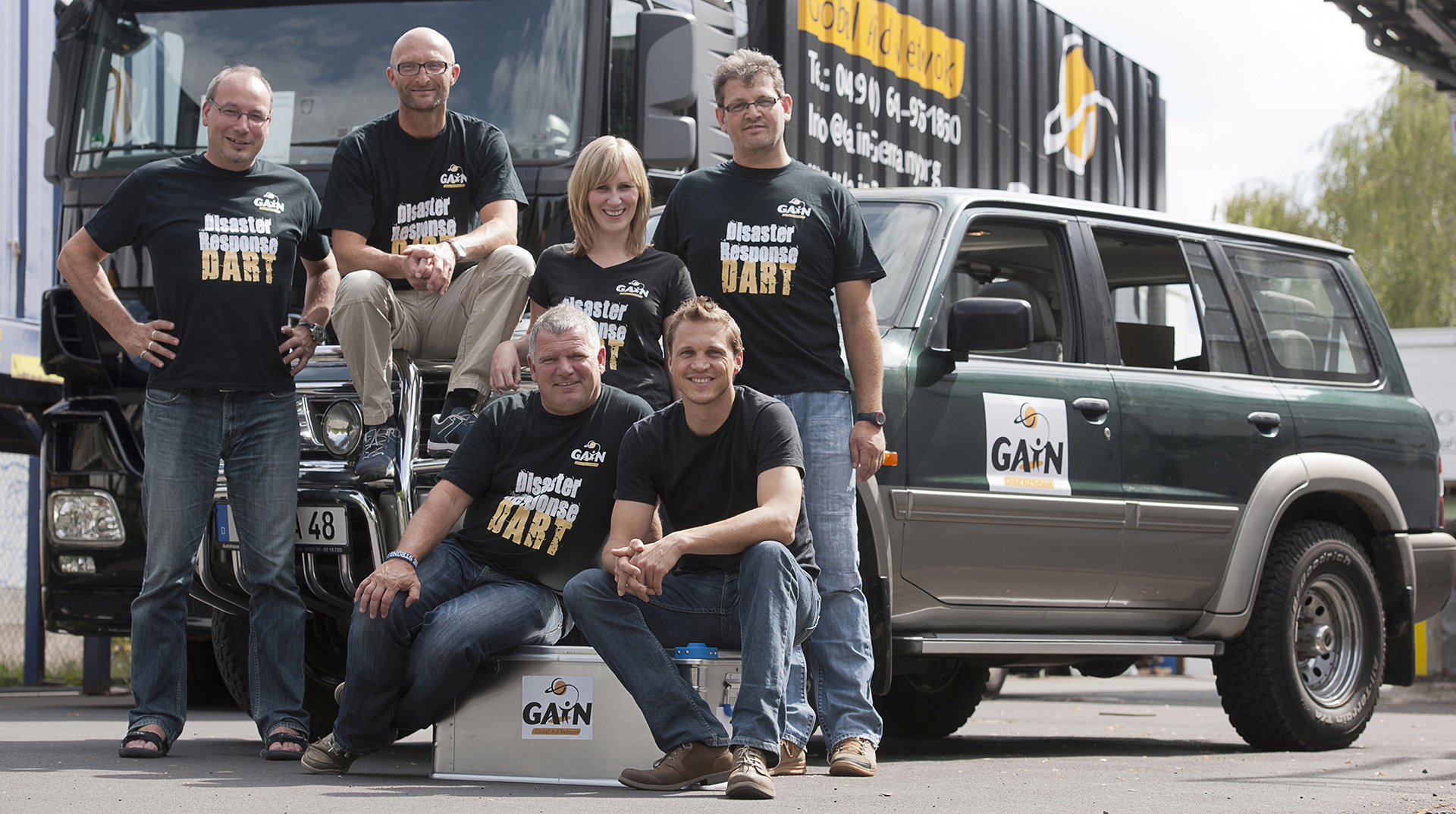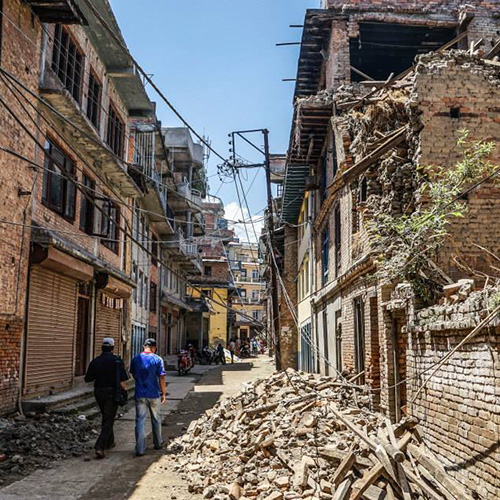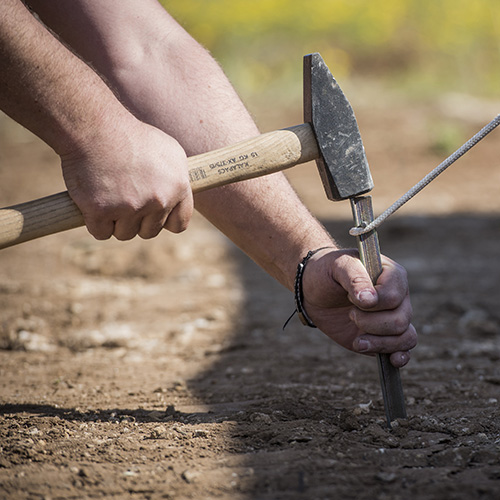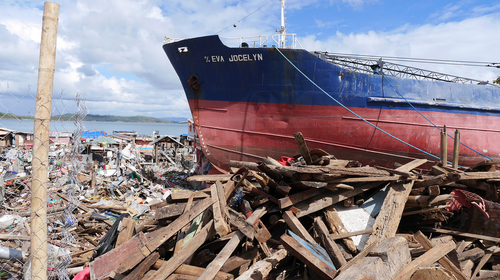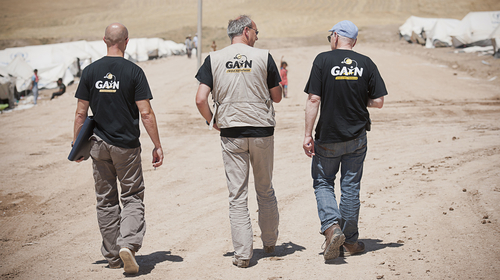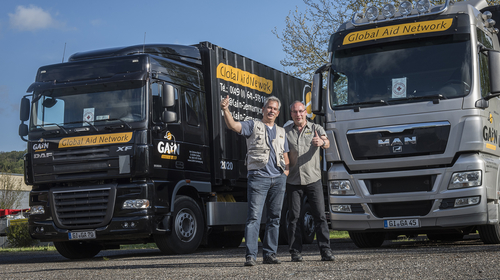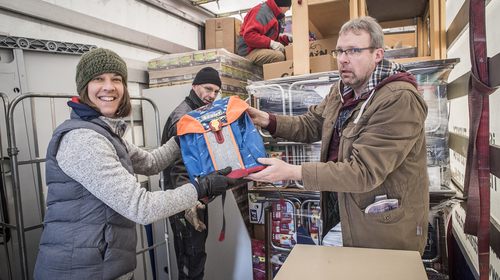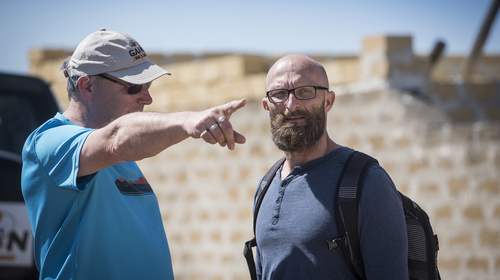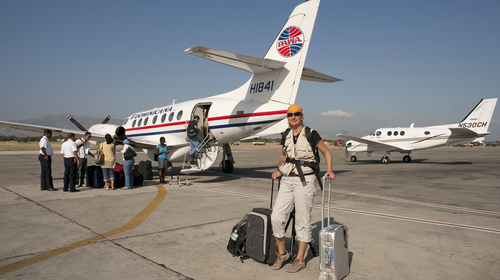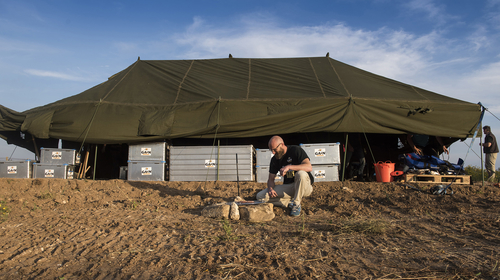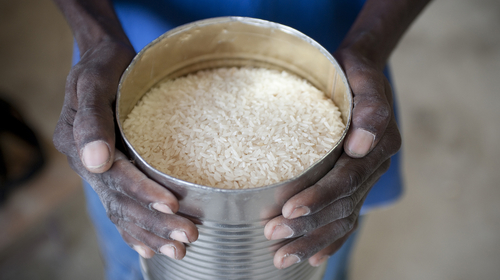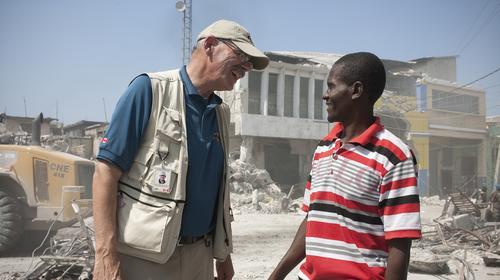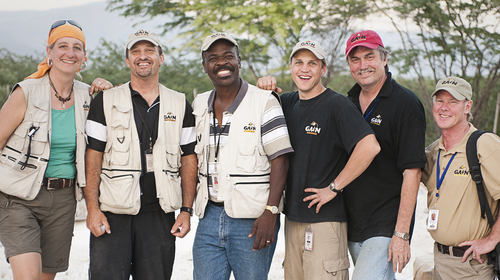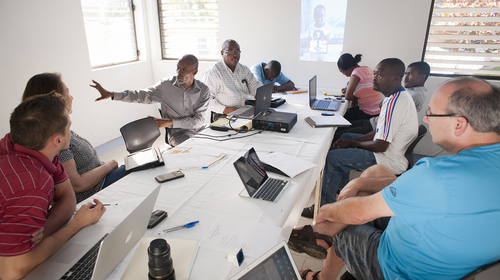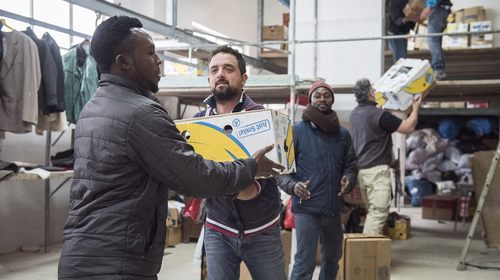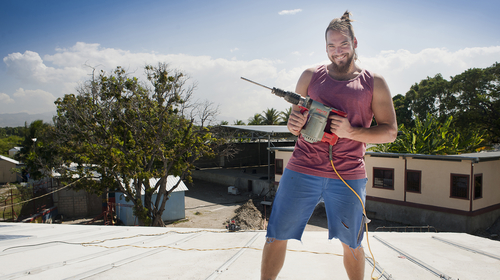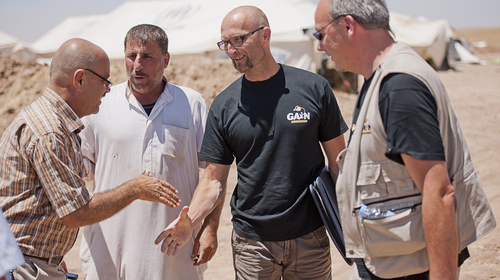Disaster relief through volunteers
DART members will often come in a little after a disaster has occurred, but our aim is to stay longer and to develop a working, sustainable system that can be taken over by the local partner.
GAiN always works through local partners. Therefore, it is important that we can strengthen their efforts through a consistent presence during the time of crisis.
DART is a joint initiative of all GAiN offices worldwide. Because of this, DART teams consist of a diverse group of people from various countries and cultural backgrounds, all desiring to show the love of God in a very practical and tangible way.
A professional background in disaster relief or humanitarian aid is welcomed and desired, but GAiN does not require it of their volunteers. The most important competencies a DART member needs are willingness to serve, flexibility and resilience. At the training, which is mandatory for all future members, additional skills that are necessary will be taught by experienced trainers.
The DART idea

